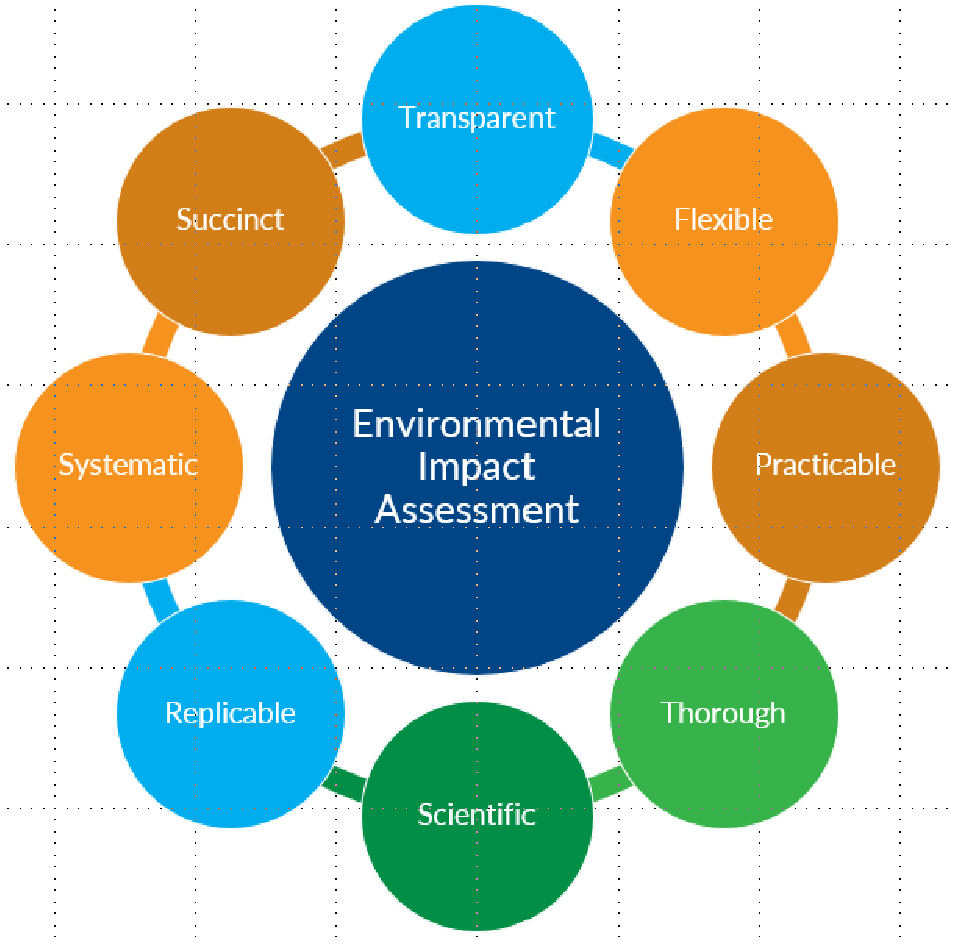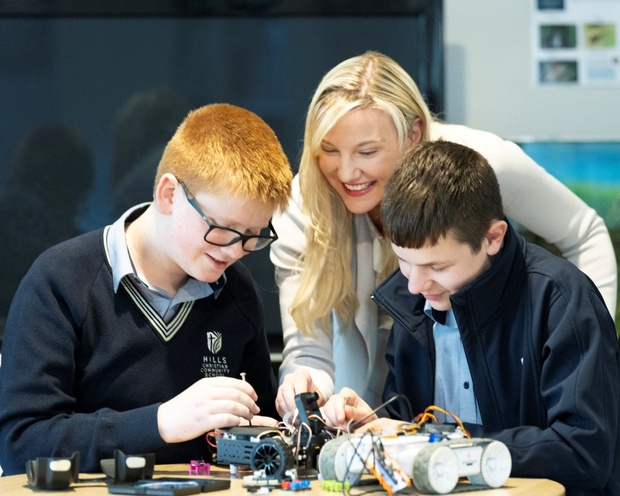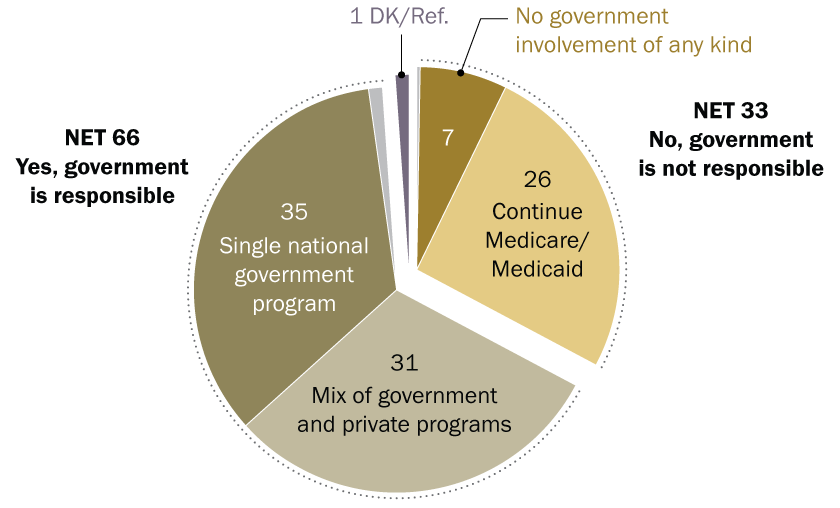A Leap Forward in Pacemaker Technology: Self-Charging and Minimally Invasive
A team of scientists in Seattle has made a significant breakthrough in the field of cardiac health by developing a self-charging pacemaker. This innovative device generates electrical energy from the heartbeat, allowing it to partially recharge itself.

Energy Generation
The pacemaker’s ability to generate energy from the heartbeat is a game-changer. Although the heartbeat currently only generates 10% of the energy needed for the next one, the researchers are optimistic that this figure can be improved. The technology used to convert mechanical energy into electrical energy is similar to that used in experimental electricity-generating roads.
Size and Placement
The new device is much smaller than a traditional pacemaker due to its wireless nature. It measures about one-third the size of a AAA battery and resides entirely in the heart’s right ventricle. This minimally invasive approach could potentially reduce the risks associated with pacemaker implantation.
Future Prospects
The team, led by Dr. Babak Nazer of the University of Washington in Seattle, hopes to prolong the battery life further and expand access of this product to younger patients. They aim to improve the harvesting efficiency and partner with a major pacemaker company to incorporate their design into an existing leadless pacemaker.
Conclusion
This development represents a significant step forward in pacemaker technology. If successful, it could increase the functional life of the pacemaker and reduce the need for multiple implants over a patient’s lifetime. The team’s next step is to design long-term trials with real humans to ensure the device works properly.
What is Your Reaction?
 Like
0
Like
0
 Dislike
0
Dislike
0
 Love
0
Love
0
 Funny
0
Funny
0
 Angry
0
Angry
0
 Sad
0
Sad
0
 Wow
0
Wow
0














































/environment-climate-change-and-health-(ech)/water-sanitation-hygiene-and-health-(wsh)/landfill-tuvalu-36092.tmb-1200v.jpg?sfvrsn=5c21fe40_1#)




.jpg.webp?itok=0ZsAnae9#)
















:focal(1500,1000)/https://media.globalcitizen.org/a6/9a/a69a4720-d8a1-4715-b596-18738d03c05c/rotary_polio_hero_image.jpg?#)









